Facing the Modern: The Portrait in Vienna 1900 at the National Gallery
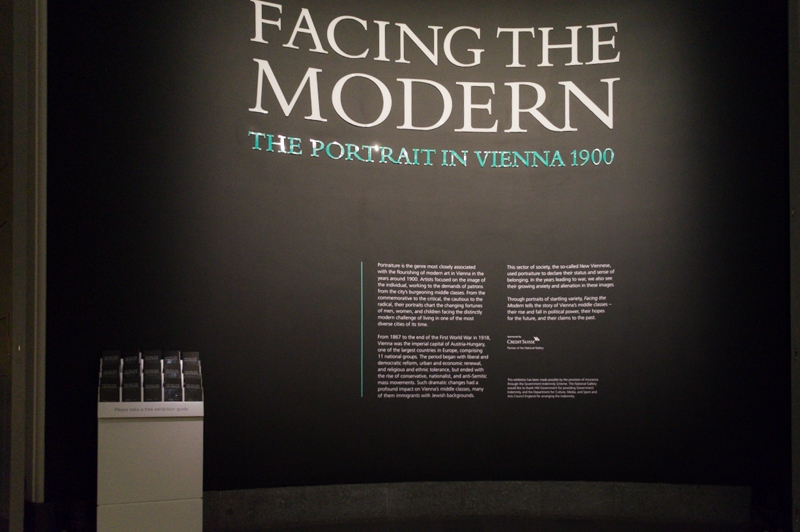
Facing the Modern looks at how people were perceived, or how they wanted to be perceived, in one of the fastest expanding European capitals – Vienna – in the last decades of the 1800s. The exhibition, sponsored by Credit Suisse, showcases portraits painted by both famous and lesser known artists who were working in the Austrian capital at the turn of the 20th century. A rapid increase in the Austro-Hungarian Empire’s population, especially due to immigration, led to a huge transformation of the middle-class, signified by an identity crisis.
Whether investigating their roots, trying to validate or promote a change in their social status, fighting for rights and against discriminations, or being celebrated in life or after death, people were constantly at odds with their own selves. Thus, they sought a refuge or a manifesto for their personalities through the canvasses of Gerstl, Makart and many other eminent painters of the time.
The exhibition is divided into six rooms which display works dating from the mid-19th century until 1918, when WWI ended, Klimt died, and a new wave of political and cultural movements began to surface.
The first room is dedicated to the Old Viennese, important figures from a not-so-distant past like Beethoven, whom common people looked at as a reference and an assurance of a well-esteemed legacy. The second room is devoted to the family and the child, the home seen as a place of respite after the assurgency of conservative currents becoming more hostile to liberalism and menacing the newly formed classes. The third room concentrates on the artist and his importance in society – most portraits depict the painters in poses which express their feelings while declaring their professional standing. Take, for instance, Arnold Schönberg’s Blue Self-portrait (1910) where the painter identifies with Van Gogh.
Room four examines the New Viennese with works like Kokoschka’s Portrait of Peter Altenberg (1909), a famous writer and bohemian, and the following is about love and loss; it displays, among other works, Klimt’s Posthumous Portrait of Ria Munk III (1917-18), a painting commissioned by the girl’s parents in order to perpetrate a good and lasting remembrance of her as if still living.
The exhibition concludes with unfinished works or preparatory sketches, perhaps uncovering more than the finished paintings.
Although a little more light could have been shed on lesser known artists and their works, Facing the Modern is accurately curated, and spending a few more pounds for the audio-guide is highly recommended.
Rita Vicinanza
Photos: Emre Zengin
Facing the Modern: The Portrait in Vienna 1900 is at the National Gallery until 12th January 2014. For further information or to book visit the gallery’s website here.


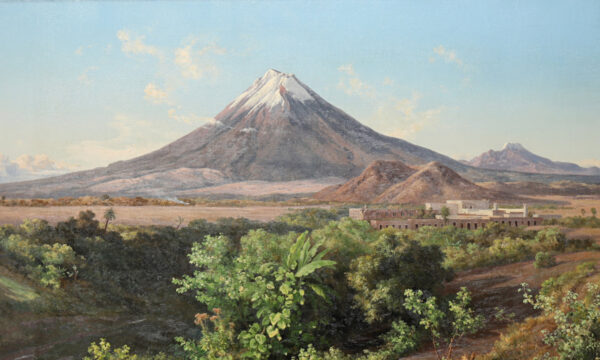
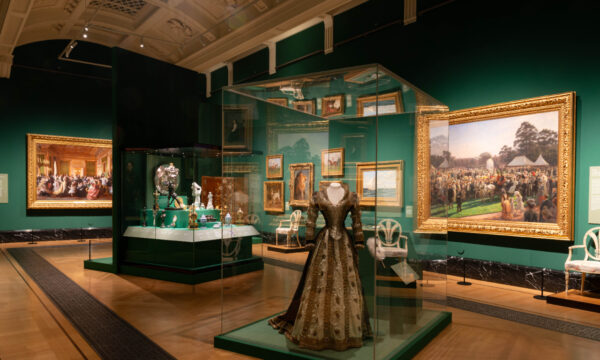
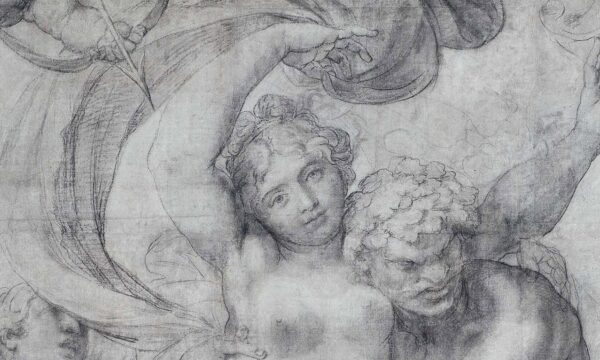
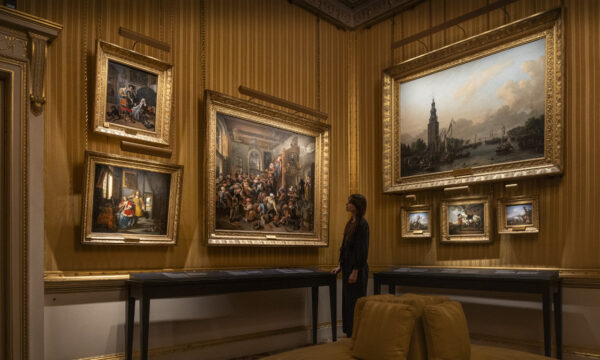
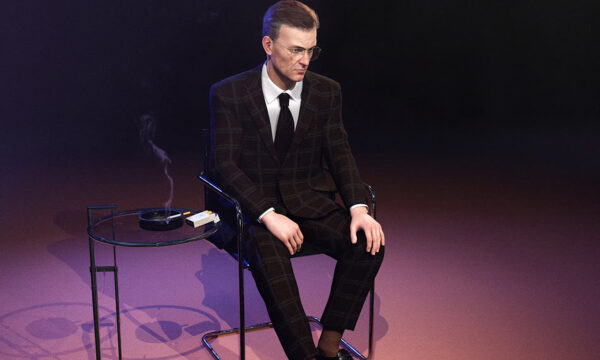
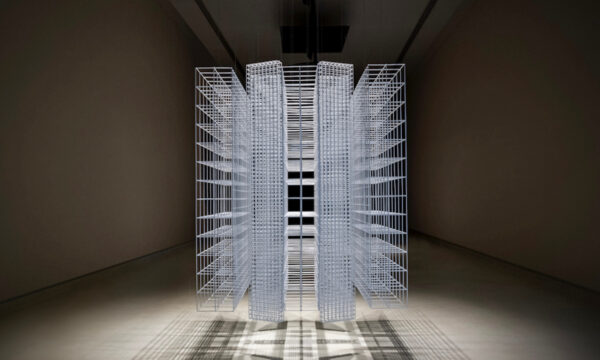
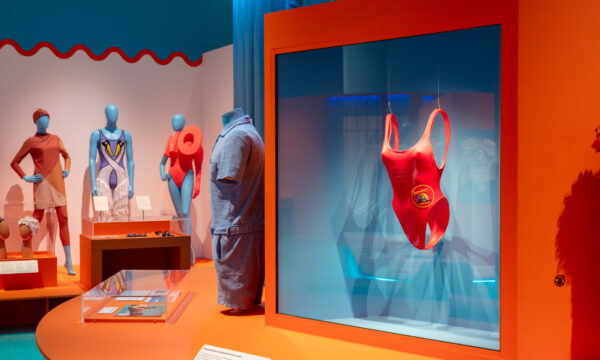
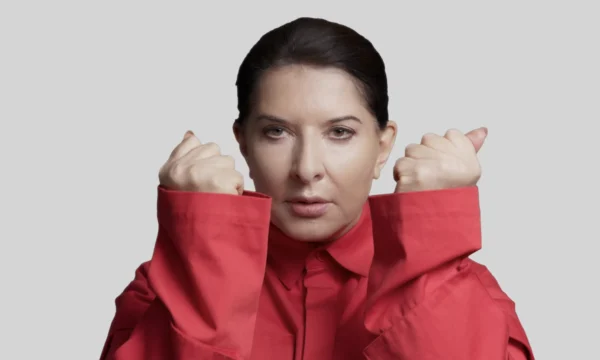

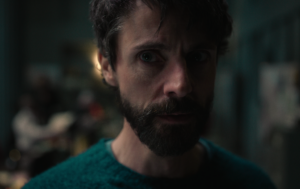

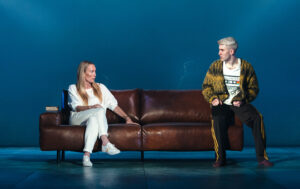
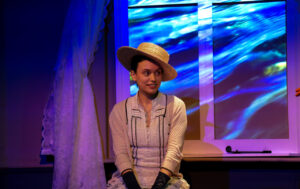
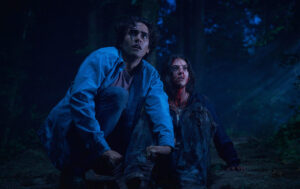
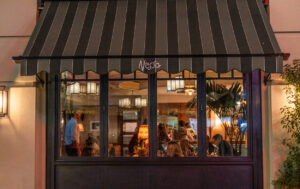
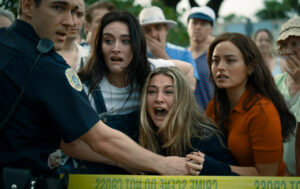



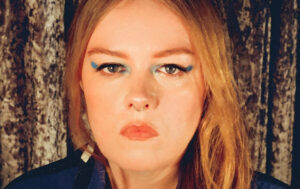


Facebook
Twitter
Instagram
YouTube
RSS